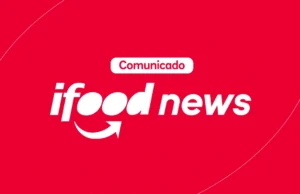Behind a simple click to place an order for meal delivery or in-app purchases, there is a sophisticated technology and business model at iFood.
This is because the company is a Digital platform that connects three distinct audiences: customers, the delivery men It is the restaurants and other retail partners (who sell grocery, convenience, pharmacy and pet items).
The iFood app works as an additional sales channel to partners' usual operations, but not the only one. Restaurants, for example, can sell through Menu Digital, a platform integrated with iFood, in which the menu is digitized and becomes a link or QR Code that the establishment can publish on its channels (learn more in the table below).

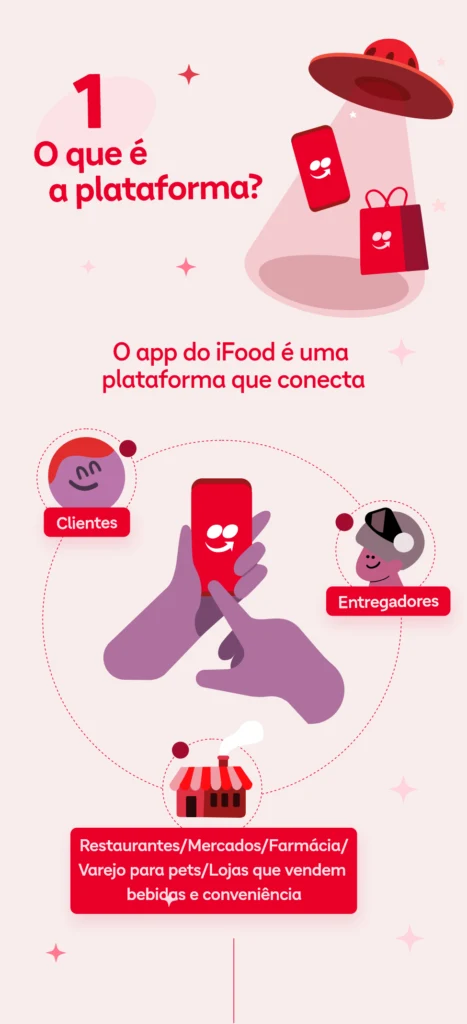
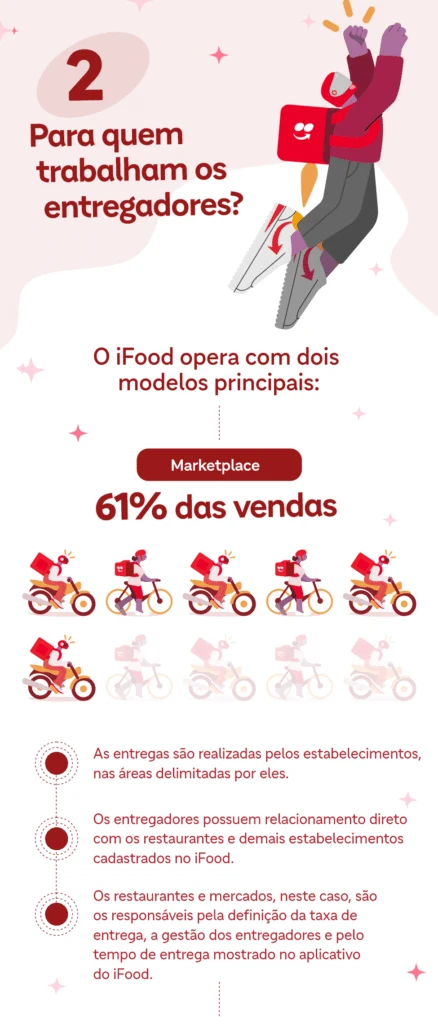
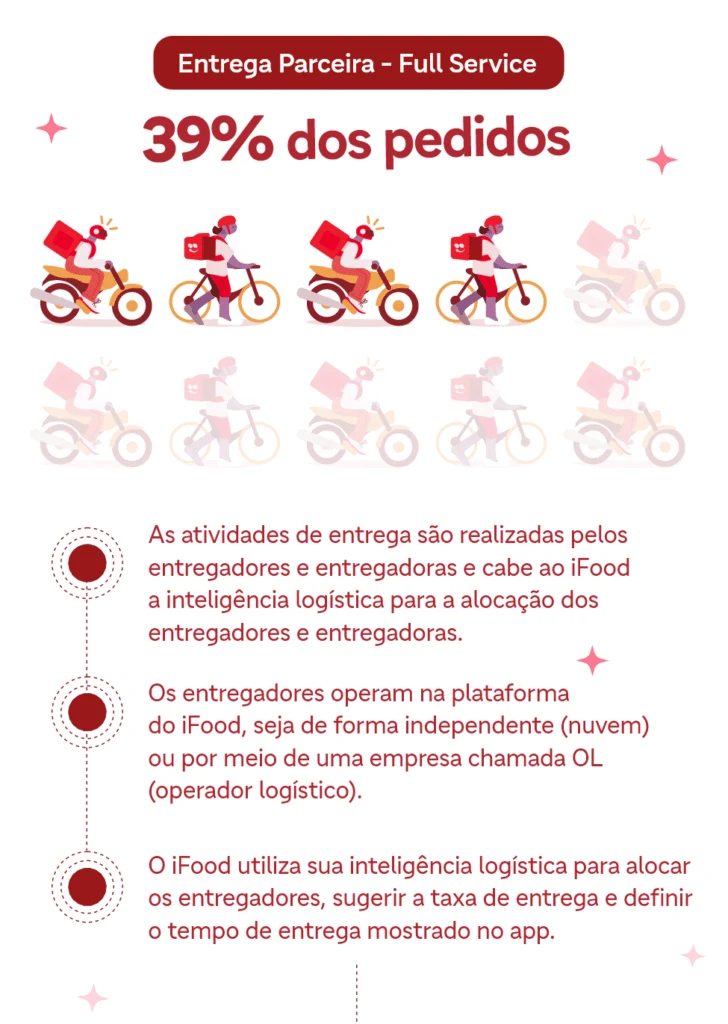
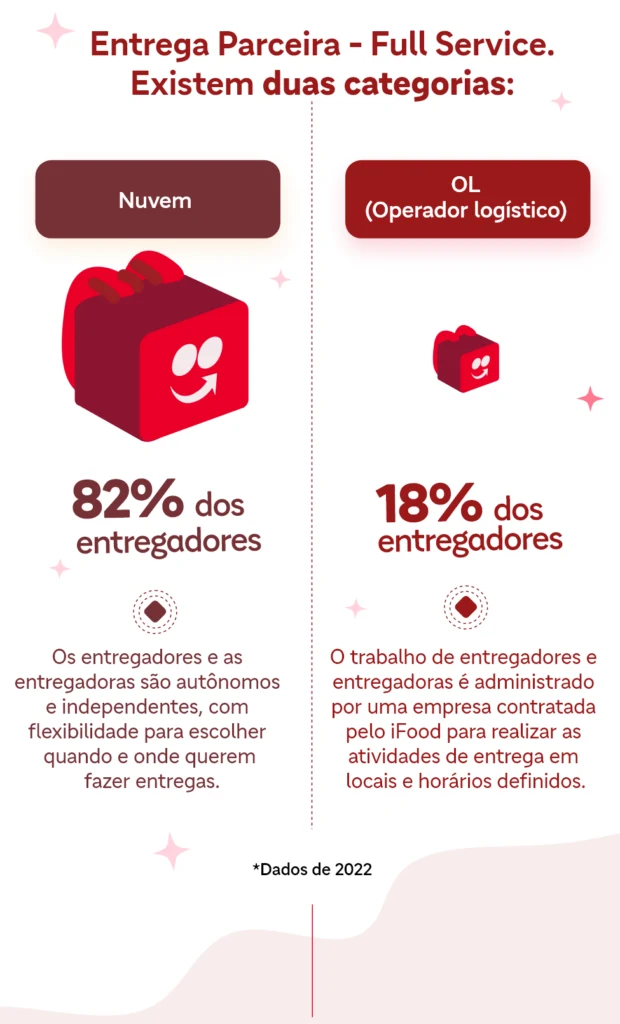
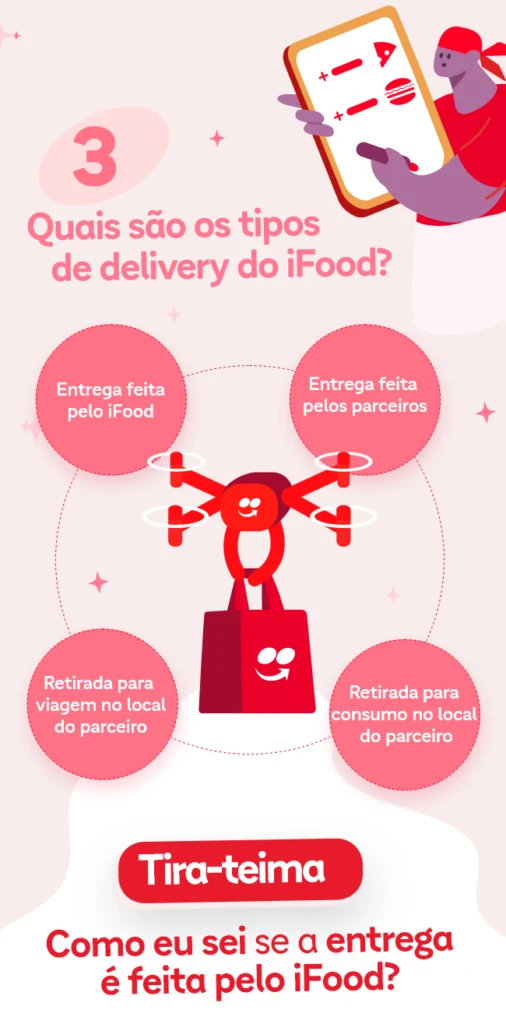
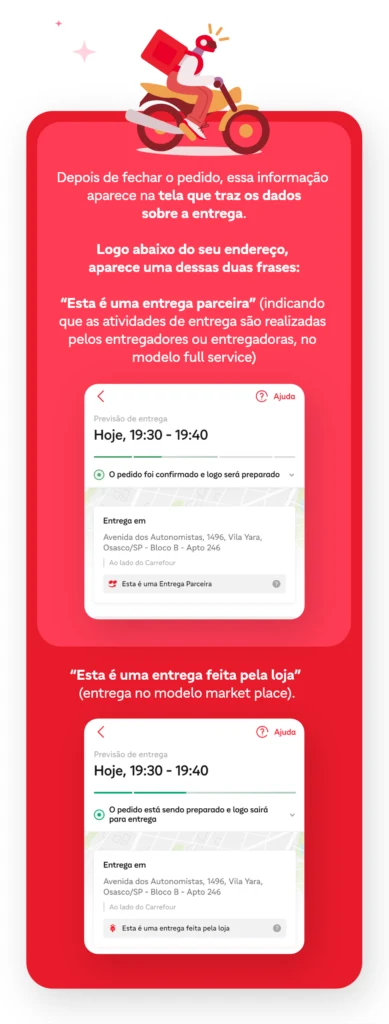
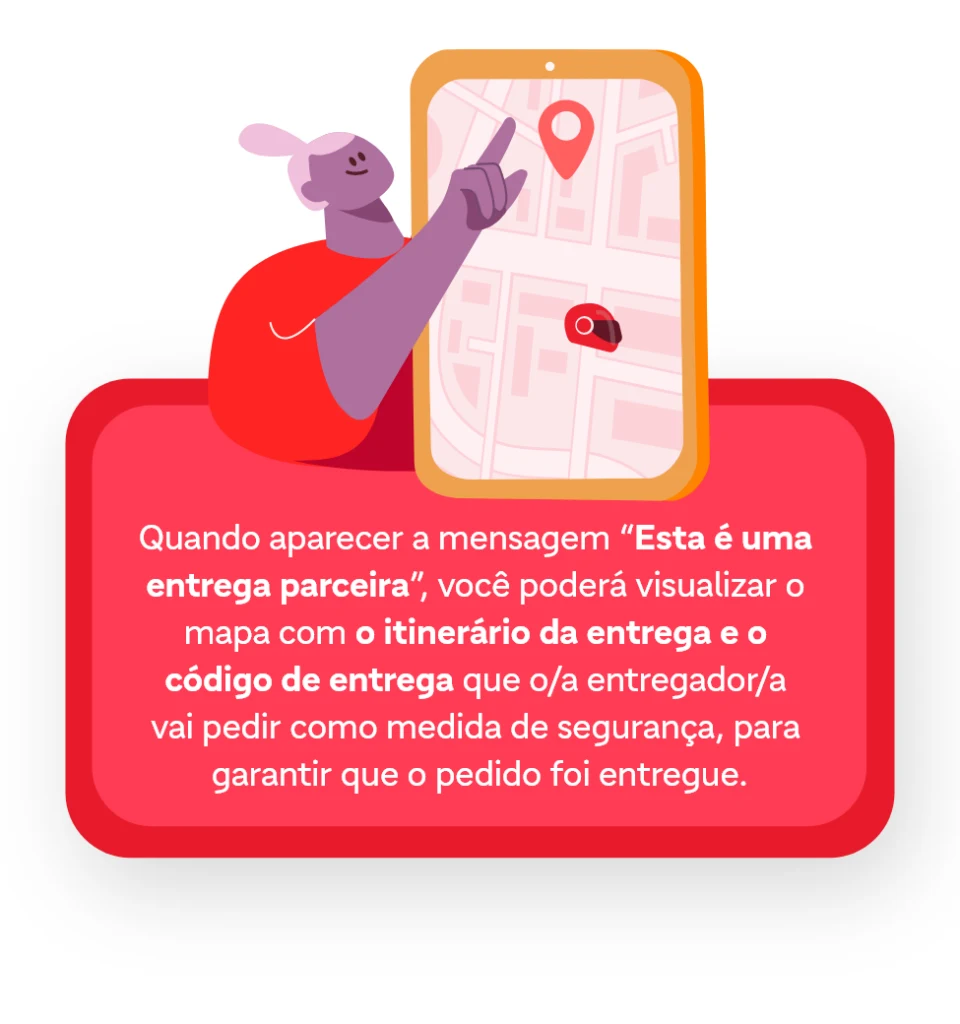
Another important point of iFood's business model is that not all deliveries are made by couriers registered on the company's platform. In fact, the majority of them (61% of orders in 2022) are carried out by partner restaurants and establishments, which are responsible for managing delivery people and defining the shipping price.
This is the Marketplace modality, one of the ways to organize how deliveries are made on the iFood app. At Marketplace, partners hire iFood services to showcase their establishment on the platform. This way, they are responsible for the delivery logistics (learn more in the table at the end of this text).
The other existing modality is Full Service, or Partner Delivery, which covered a share of 39% of orders in 2022. In it, logistical intelligence is operated by iFood so that couriers connected to the platform (delivery partners) carry out delivery activities.
In this case, the company uses its systems and intelligence to calculate delivery time and the allocation of available delivery people, for example.
OL and cloud couriers
To make deliveries quickly and efficiently, there are two categories of delivery people who operate with iFood: cloud (autonomous couriers) or OL (acronym for Logistics Operator). These modalities complement each other so that demand is met, offering the best experience for customers and restaurants.
Cloud delivery men and women work independently and flexibly, as they can make deliveries at the times and places they want. Plus, everyone can work for other apps or companies.
OLs are companies with expertise in logistics and, as a rule, carry out delivery activities in specific locations (such as shopping malls) and at specific times (such as those with high demand). It is up to the OLs to maintain relationships with the delivery drivers who are part of their fleet, including defining the payments they have to receive.
